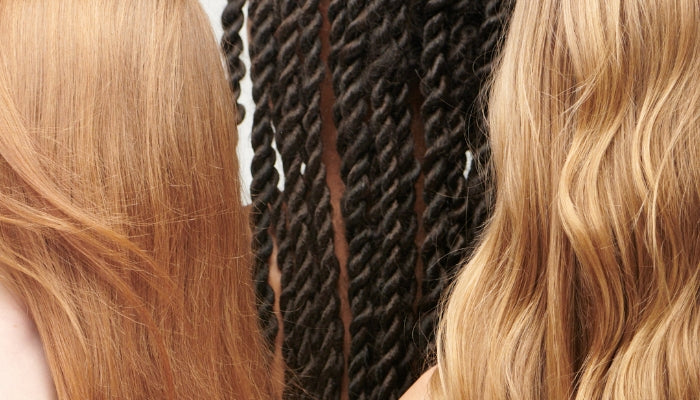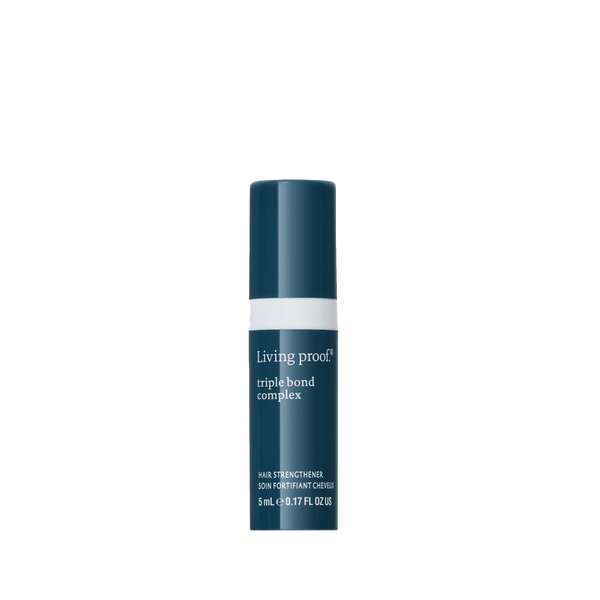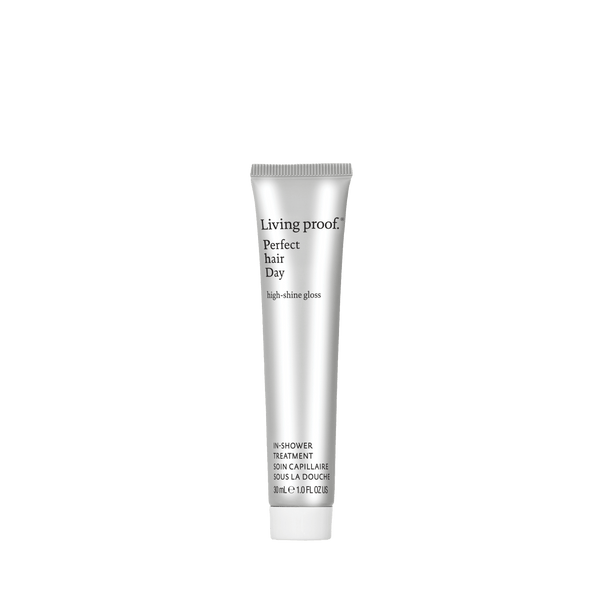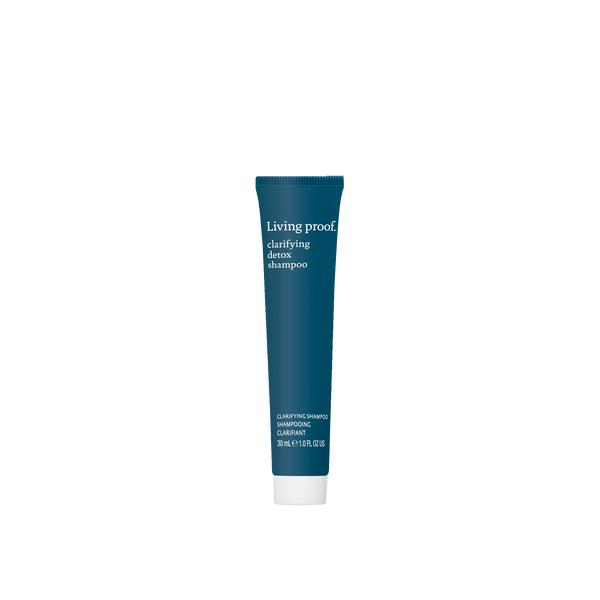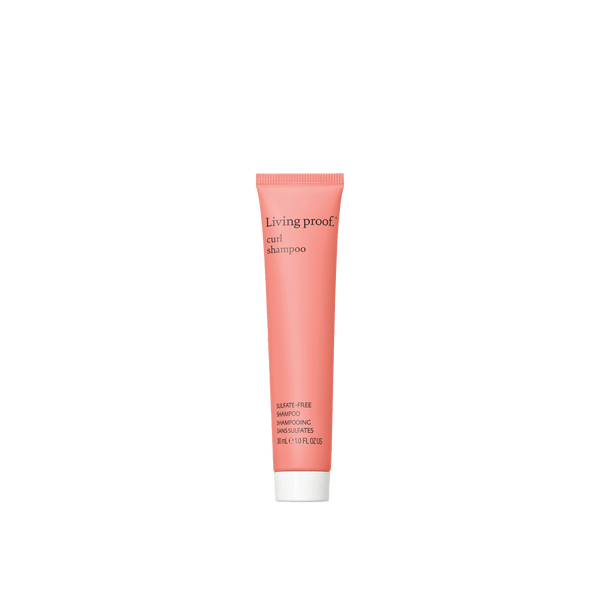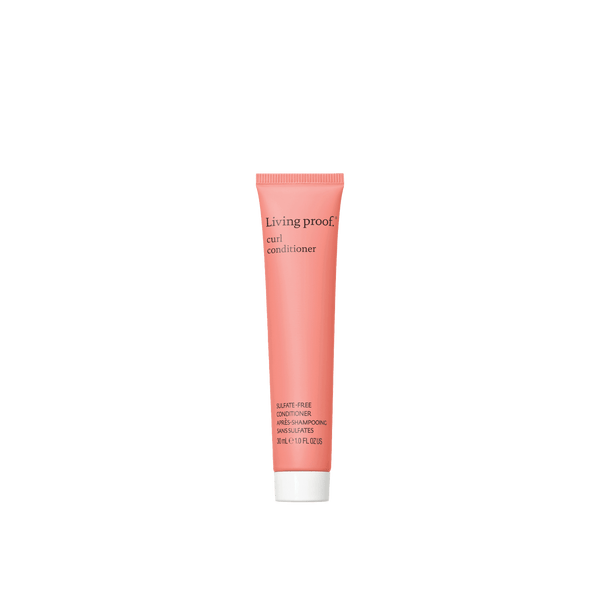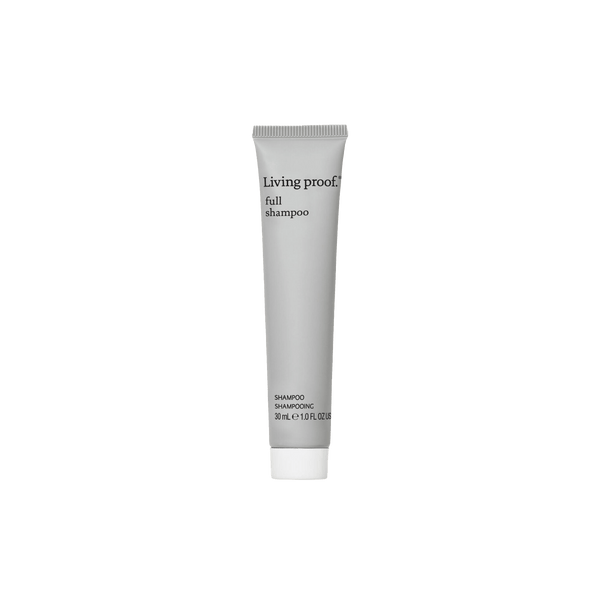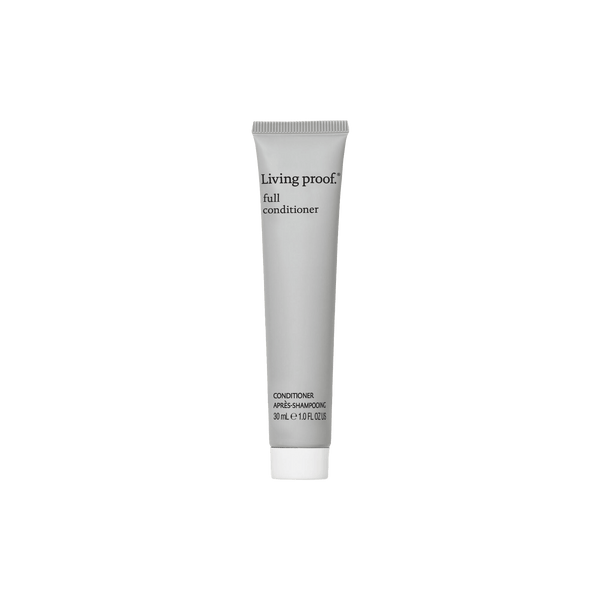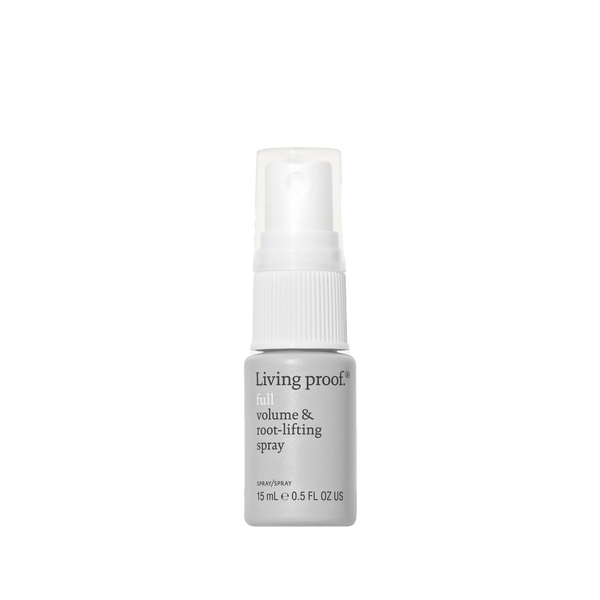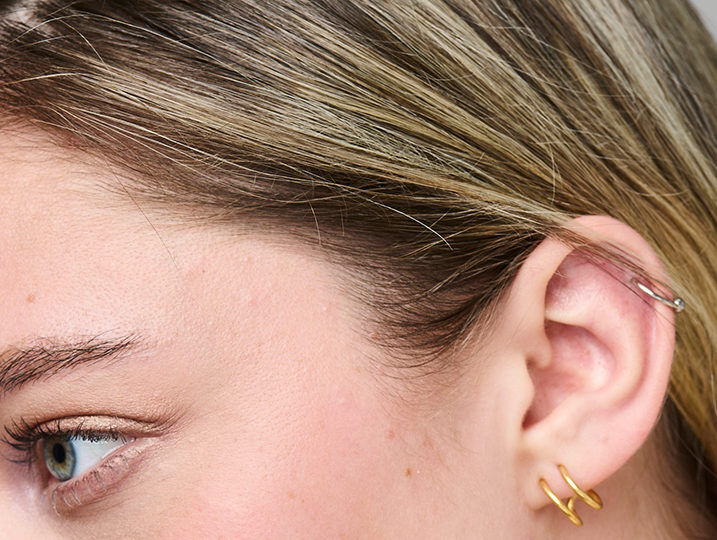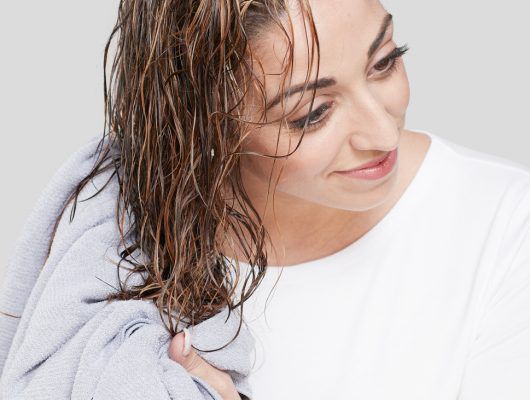Hyaluronic acid for hair
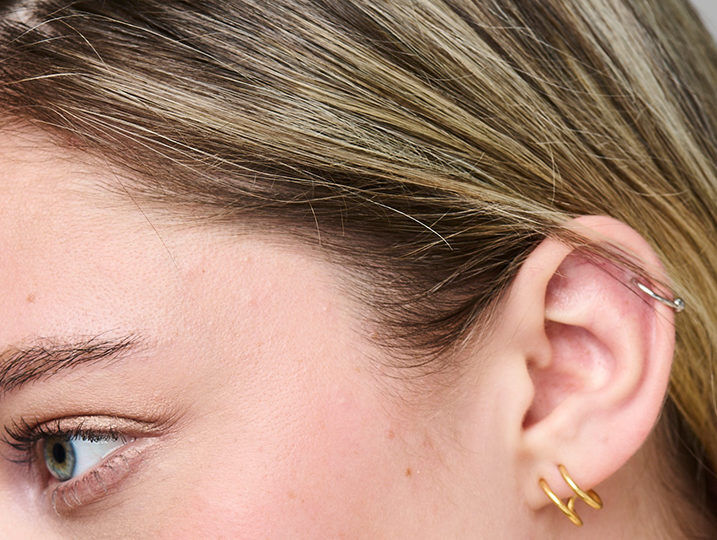
If you’re a bonafide skincare devotee, you’ve likely heard of hyaluronic acid, an ingredient often found in creams, serums, and other skin products that offers serious hydration. Beauty TikTok has been abuzz about the ingredient1—but this time, everyone’s all about using hyaluronic acid to improve your hair.
What is hyaluronic acid?

You may recognize hyaluronic acid by its name—after all, it’s been a hero ingredient for those dealing with dry skin for some time—but it turns out hyaluronic acid is actually a naturally occurring humectant that your body already produces.
“It’s the principal molecule in the epidermis that’s responsible for moisturizing,” explains Judy Nguyen, one of Living Proof’s chemists in our Product Development department. (She also happens to be the brains behind our Scalp Care Dry Scalp Treatment, which, spoiler alert, is formulated with HA!) “And because hyaluronic acid has a unique capacity in binding and retaining water molecules, it makes for a great moisturizer, as well.”
The downside, though, is that hyaluronic acid has a short turnover rate, or half-life, on the skin (about half a day, Nguyen says) and because the body’s natural reserves of the humectant decrease with age, skin’s even drier—and there’s a real need to make up for that moisture loss. When topically applied, hyaluronic acid is one of the most moisturizing agents.
Hyaluronic acid for hair: the benefits + how it works

While there’s talk on TikTok about hyaluronic acid hydrating the hair shaft, where we really see it pulling its weight is on the scalp. Not only does the scalp become deprived of moisture like your facial skin does, but your scalp also bounces back with topical application of hyaluronic acid as well.
Hyaluronic acid + hair growth
And here’s the best part: Hyaluronic acid helps promote healthy hair growth by moisturizing the scalp. So not only are you getting hydration at the root of it all—your scalp—but you’re reaping potential bonus hair growth benefits from hyaluronic acid as well.
The Lp. difference: a hyaluronic acid-based molecular patch

Here at Living Proof, we have one product formulated with hyaluronic acid: Our Dry Scalp Treatment, a leave-in treatment made to instantly soothe dry scalp flaking, itching and irritation and provide lasting relief for a healthy scalp. It’s formulated with a unique balancing complex as well as a hyaluronic acid-infused molecular patch.
The patch is actually a micro meshwork-like matrix grid made up of three natural biopolymers, one of those being the now-TikTok-famous hyaluronic acid. Specifically, Living Proof Dry Scalp Treatment uses sodium hyaluronate, which is the salt form of hyaluronic acid, Nguyen explains. “Not only can it hold 1,000 times its weight in water, but it also has a smaller molecular size so it easily penetrates through the scalp faster in a more stable form,” she adds. That’s because these smaller sodium hyaluronate molecules can penetrate the epidermis more effectively 2.
What’s more, the patch itself is a highly moisturizing structure, so once it’s applied to the scalp, it provides an instant hit of hydration. Translation? Our hyaluronic acid-based molecular patch (and Dry Scalp Treatment) might be exactly what you need if you’re looking for dry scalp remedies.
The hyaluronic acid-based molecular patch also provides sustained, long-lasting hydration in two different ways:
- By creating a breathable film over the scalp
- Through the time-release moisturizing components held in the patch’s matrix, which slowly and consistently moisturize the scalp long after the product is applied
Want to get in on the hyaluronic acid for hair trend for yourself? Shop our Dry Scalp Treatment now.
- Tags: Hair Health Science
